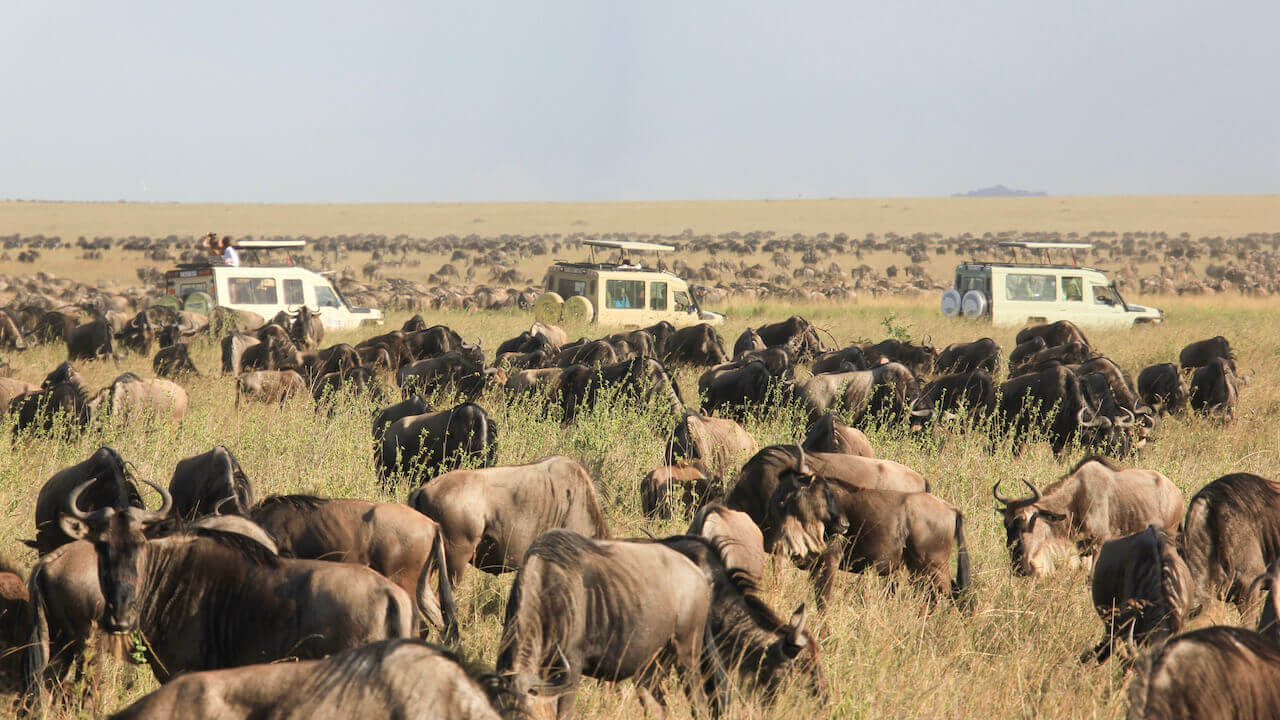
The Ultimate African Animals List from A to Z You Will Find Interesting
The African continent has produced abundant wildlife, which inhabits deserts, savannas, great valleys, and jungles. Indeed, Africa is home to the largest land animal, the African elephant, and the tallest animal, the giraffe, in the world. There are also many other unique animals on the land that is worth learning about. Here is the African animals list that you can see on the continent.
African Buffalo
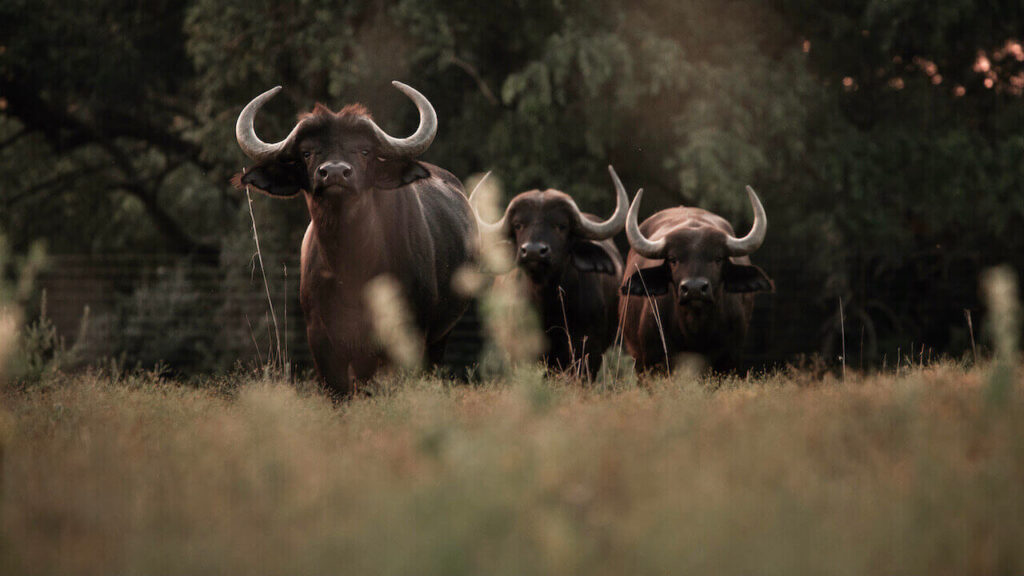
Also known as Black Death, the African Buffalo can be extremely dangerous among the animals in Africa. At first glance, these animals are completely harmless. However, if we turn to statistics, more people have died on the African continent from the fault of buffalo than from all the predatory cats combined.
The buffaloes are very large. Their height reaches 1.5-1.8 meters with a body length of 3-3.5 meters. The tail is about 80-100cm long. The body is stocky. The legs are short and strong, and the head always seems to be down, because it is below the straight line of the back. The front part is significantly stronger than the rear part, because of this, the front hooves are also much wider than the rear part. Nature has taken care so that the feet can withstand the huge weight of the body. The weight of an adult animal can be from 500 to 900, 1000 kg. Males are much larger than females.
Coat color depends on the subspecies of buffalo. South African representatives of this species are black, as they grow, it turns dark brown. Older animals are noticed in the white circles under the eyes. Females are dark brown. Besides that, the Cape buffalo is considered the largest of the species. The other subspecies are smaller and have reddish-brown plumage. The central species of the continent are completely black.
Black Mamba
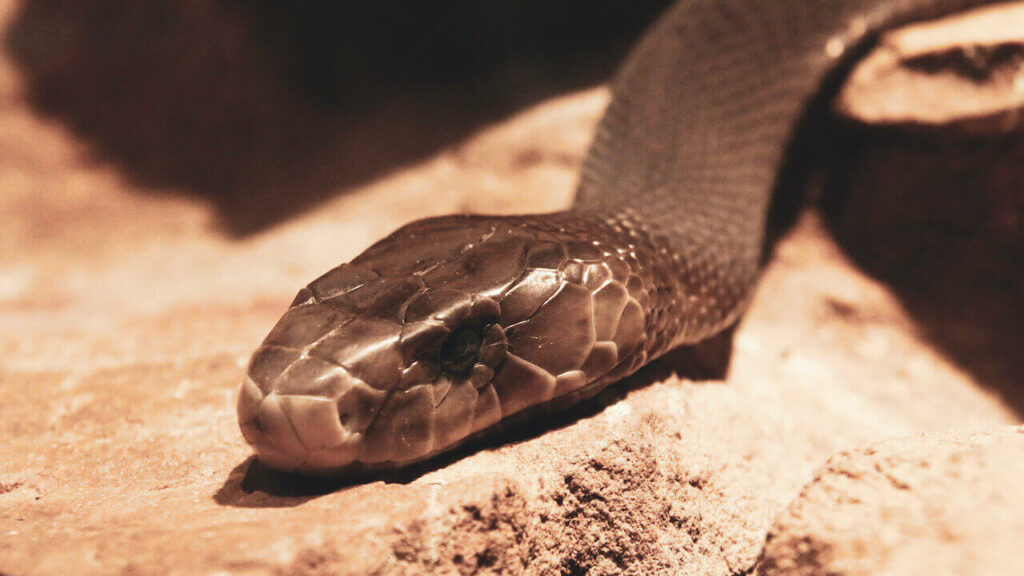
For the people of Africa, the black mamba is the most feared snake, causing a terrifying obsession. Indeed, this is one of the most venomous snakes in the world. The venom of the black mamba is 40 times higher than that of the Gaboon viper.
A black mamba can live in areas from 1,000 to 1,800m above sea level, large grasslands, rock holes, and tall trees. An adult black mamba can be from 2.5 to 4m long. The average lifespan of this species in the wild is about 11 years.
The black mamba is a venomous snake endemic to eastern and southern Africa including the Congo, Sudan, Ethiopia, Eritrea, Somalia, Kenya, Uganda, Tanzania, Burundi, Rwanda, Angola, Mozambique, Swaziland, Malawi, Zambia, Zimbabwe, Botswana, and South Africa.
Colobus Guereza
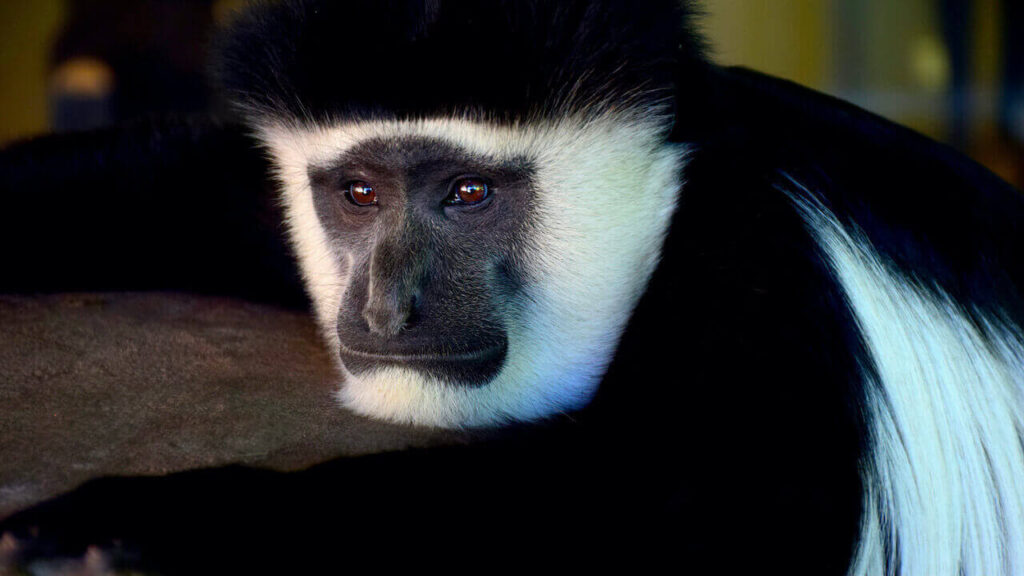
The guereza monkey is one of the most remarkable African monkeys. To illustrate, they have a beautiful glossy black and white coat and a long tail. Also, the guereza monkey is known as the black and white colobus monkey. They live in deciduous and evergreen forests of West, Central, and East Africa. The guereza monkey is a large monkey measuring 53-71cm in length and weighing up to 13.5kg.
Colobus Guereza monkeys live in small groups of 3 -15 members. These monkeys are active during the day but spend a lot of time in trees. Daytime is also the time when they forage. Guereza monkeys use a variety of calls to communicate with each other.
The multi-cavity stomachs of guerrilla monkeys have specialized bacteria that help them digest large amounts of food. Their diet mainly consists of leaves, seeds, fruits, and arthropods.
Elephant
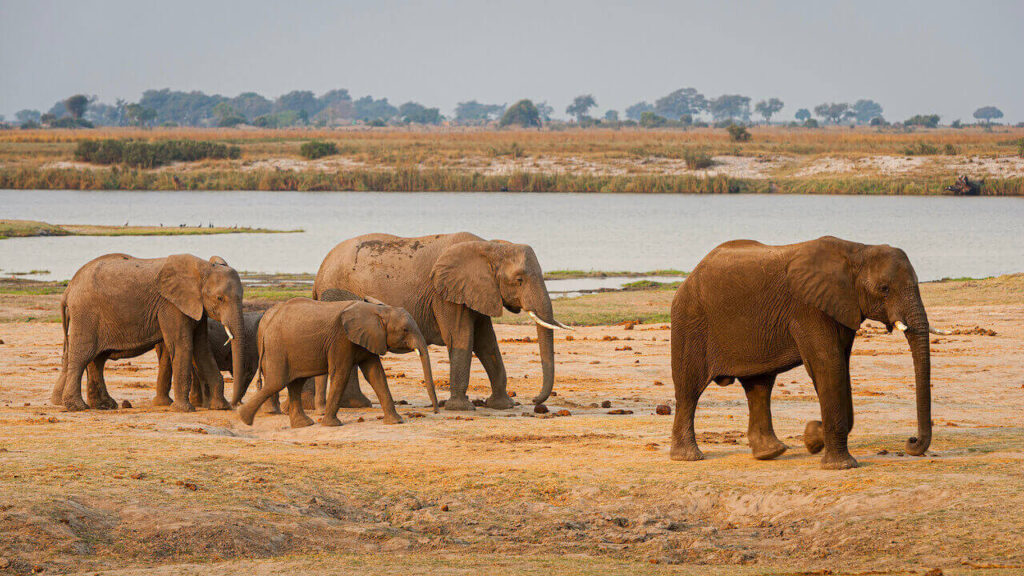
According to Animal Fact Guide, the African elephant is the largest land mammal in the world, weighing up to 6 tons, 7.5m long, and 3.3m tall (at the shoulder). Among those, the African forest elephants are smaller in size. Elephants are scattered throughout sub-Saharan Africa and are adapted to a variety of habitats such as savannas, forests, deserts, and swamps.
Strong elephant body, long curved tusks, and big ears. The flexible trunk is a combination of the upper lip and the nose. Elephants use their trunks to smell, breathe, detect movement, stroke baby elephants, and grasp objects. The nozzle includes two extensions, which act like fingers, helping them to perform dexterous movements. Both male and female elephants have tusks. Like a faucet, tusks are used in a variety of activities, such as digging, foraging, and fighting.
Galago
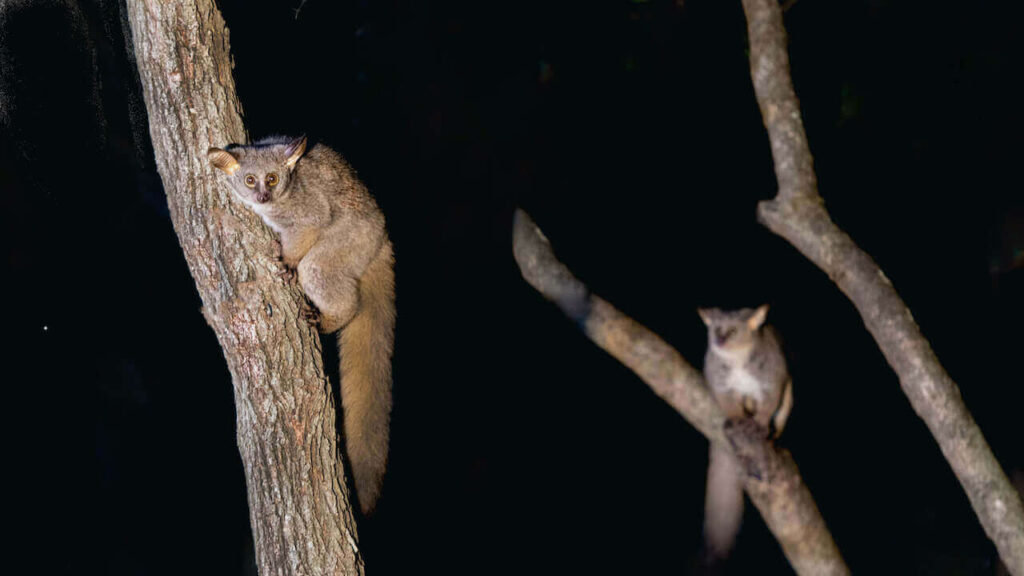
Galagos, also known as bushbabies, are small primates 15 – 20cm in length and weighing up to 280g. They live in dense forests throughout East Africa. The galago’s thick coat is brown or gray in color. They have large, foldable ears for enhanced hearing. This nocturnal creature also has excellent night vision. The galagos have powerful hind legs that can jump to a height of 2.25 meters.
Unlike other primates, the galago has an extra tongue hidden under the main tongue. they spend most of their time in trees. Flexible joints on their legs allow them to move between branches easily. Galagos mainly feed on tree sap, fruits, and insects.
Giraffe
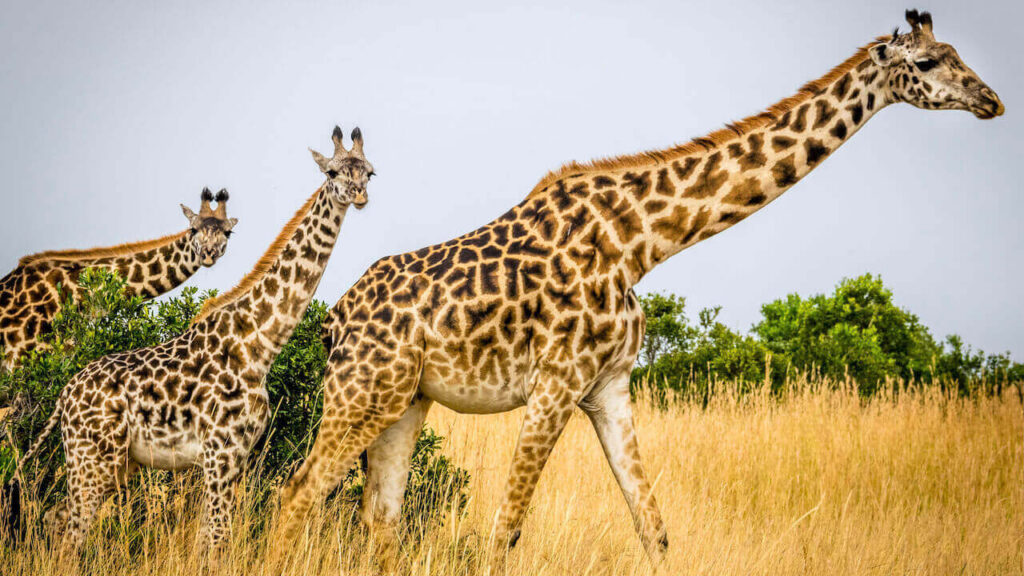
The giraffe is the tallest land mammal in the world. It is most distinctive for its long legs and neck. Giraffes possess a brown mane and a triangular head with two hairy horns. For an adult giraffe, the legs are about 6 feet long, as is the neck. Males are both taller and heavier than females. From head to toe, an adult giraffe typically ranges from 4.2 to 5.8m tall and weighs 795 to 1,270kg. They have an average lifespan of 25 years, according to the National Geographic Society.
Giraffes are native to many African countries, including Kenya, Cameroon, Chad, Nigeria, Uganda, Namibia, Botswana, Zimbabwe, Zambia, Tanzania, Angola, and South Africa. Wild plains, woodlands, and savanna are the most common habitats for giraffes in those countries.
Gray Crowned Crane
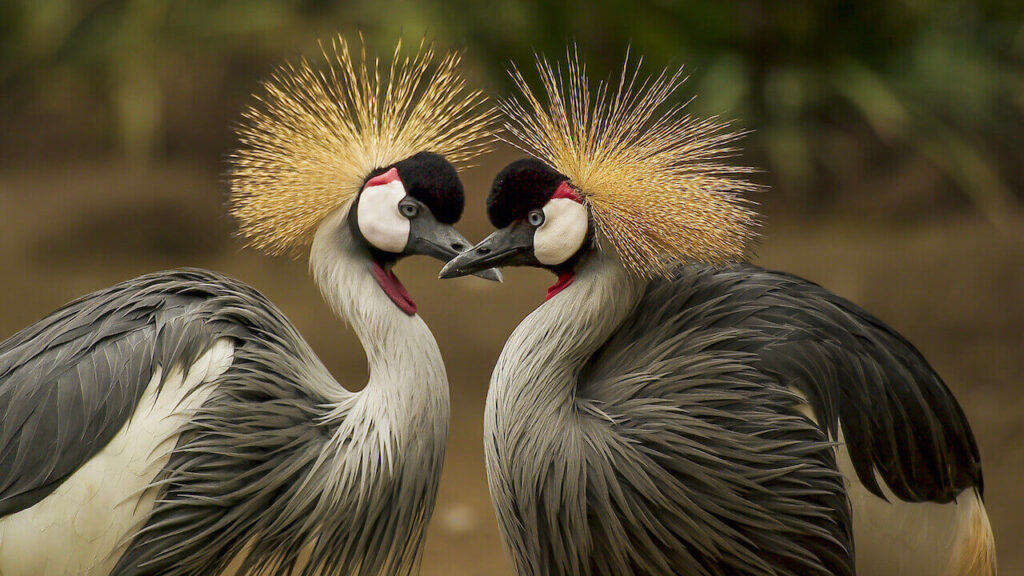
Standing 1 meter tall and weighing more than 4kg, the gray crowned crane is a large bird that inhabits the savannas, rivers, and swamps of East and South Africa. The most striking feature of this great African bird is the golden crown of the feathers on its head. The plumage is mostly gray with a light gray neck and black and white wings. They also have an attractive bright red leather pouch underneath their beak.
The courtship of the gray-crowned crane is the most distinctive among birds. They dance and use attractive calls to attract a mate. With 2-5 eggs per nest, the gray crowned crane is the most prolific of most other birds in the Gruidae family. The gray-crowned crane is an omnivore, eating insects, lizards, grass, seeds, fish, and amphibians.
Greater Kudu
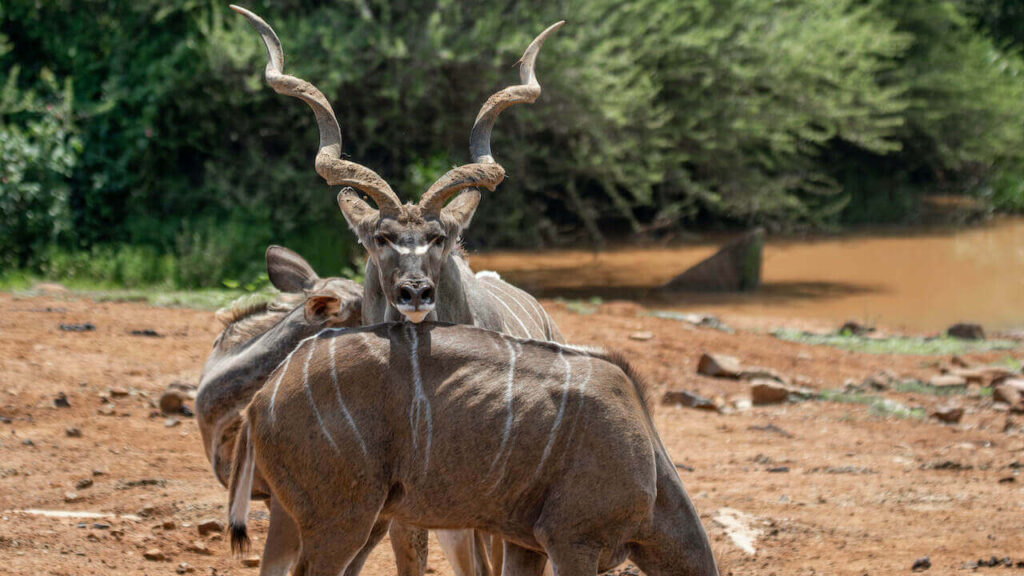
The greater kudu is a species of antelope native to East and South Africa. They live in steppe forests and rocky hillsides. The great kudu is one of the longest-horned antelope species in the world. Beautifully twisted horns are found only in males. Their horns can be up to 1 meter long with 2 and a half twists. Male antelopes use their long horns to fend off predators.
The male greater Kudu has a body length of 2-2.5 meters and weighs up to 315kg. Female ones are smaller, 1.85-2.3 meters long, and weigh up to 215kg. The large kudu has a gray-brown coat with 5-12 vertical white stripes. They also have a distinctive white band between the eyes.
The large greater Kudu is a highly social animal. Female antelope groups can have up to 25 members. Males only join groups during the mating season. The large Kudu antelope feeds mainly on leaves, grass, fruit, and flowers. In the wild, they live up to 7 years, and in captivity, they can live more than 20 years.
Hyena
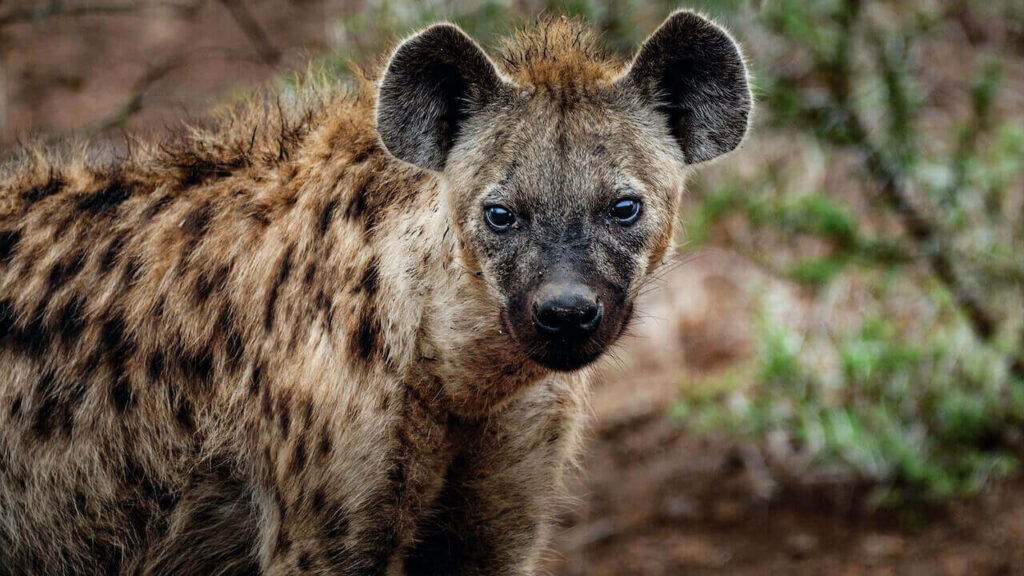
An adult hyena weighs between 20 and 80kg. The tail is not too long but hairy, the ears are rounded, and the back is spotted or striped with black and yellow.
There are actually 3 species of hyenas: spotted, brown and striped hyenas. Among them, the spotted hyena is the most fearsome species. They are huge in size, with sharp eyes and extremely sharp hearing. At first glance, hyenas are very similar to dogs. However, according to genealogical research, hyenas have almost no relationship with dogs, but only a little bit with cats.
Hyenas can survive in a wide variety of environmental conditions ranging from hot dry deserts to harsh icy lands in the high mountains >4000m in East Africa.
Lemur
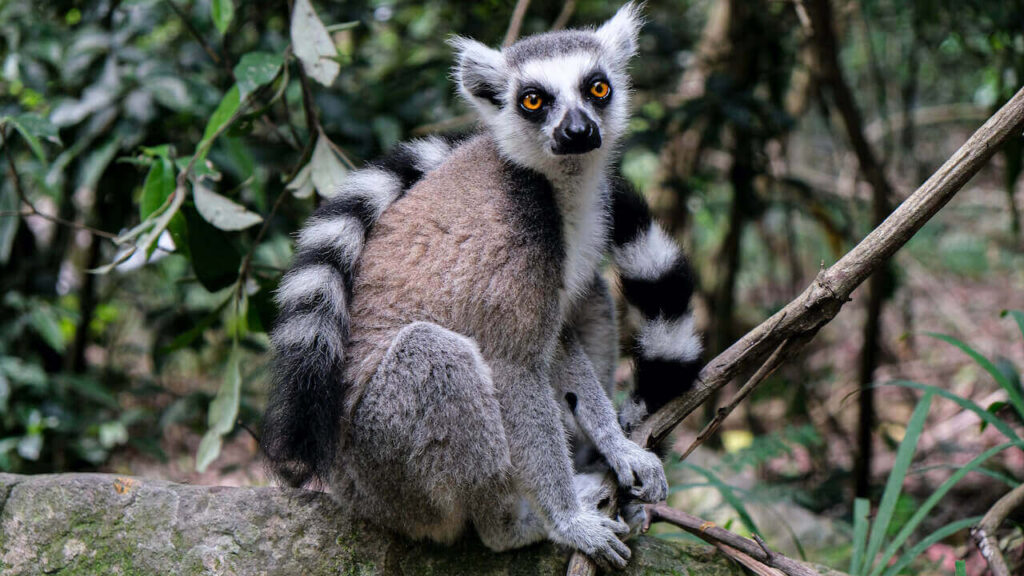
The lemur is a primate found only on the island of Madagascar, on the east coast of South Africa. There are a total of 30 different species of lemur and all are endemic to Madagascar.
Madame Berthe’s lemur, weighing only 30g, is the world’s smallest primate. Indri or Babakoto is the largest living lemur, weighing up to 9.5kg. Most lemurs spend most of their time in trees. The tails of most lemurs are also longer than their bodies.
Lemurs are social animals and live in groups. Lemurs use high-pitched calls and scents to communicate with each other. They have extreme hearing and a sense of smell. Lemurs are one of the most intelligent animals in the world. They are famous for being able to use tools and for being able to memorize patterns. The lemur’s diet consists of fruits, nuts, leaves, and flowers.
Leopard
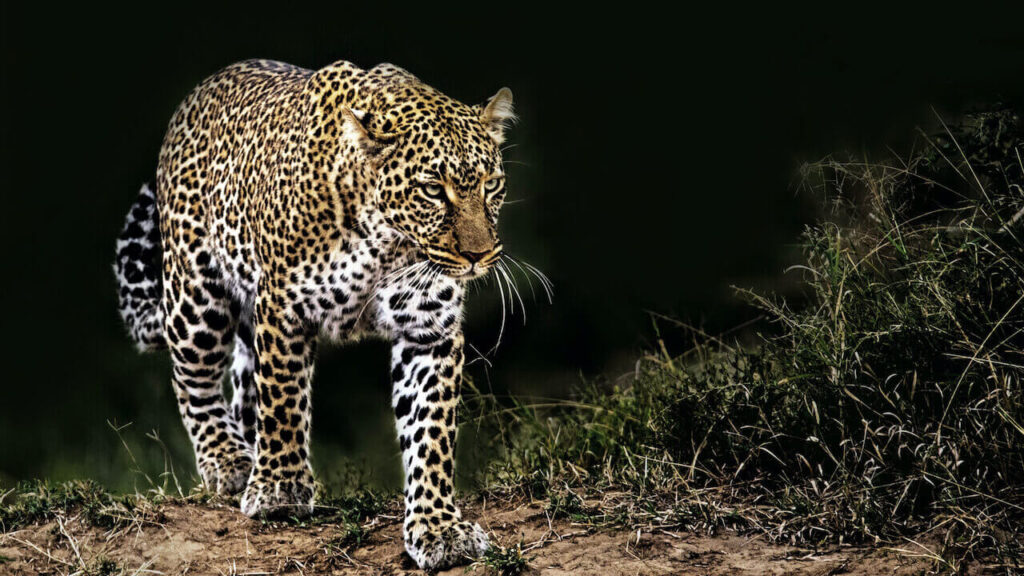
Leopard was once the most widely distributed cat species, outstripping domestic cats. They are found everywhere in Africa (except for the Sahara Desert): North Africa, West Africa, East Africa, Central Africa, and South Africa.
They are from 1 to nearly 2 meters long, weighing from 30 to 90kg. Females are typically about two-thirds the size of males. Despite their relatively small body compared to other big cats, leopards are dangerous and fearsome predators. Their legendary snooping ability and the ability to eat anything from scarabs and up have made them the most successful of the surviving cats in particular and African animals in general.
Lion
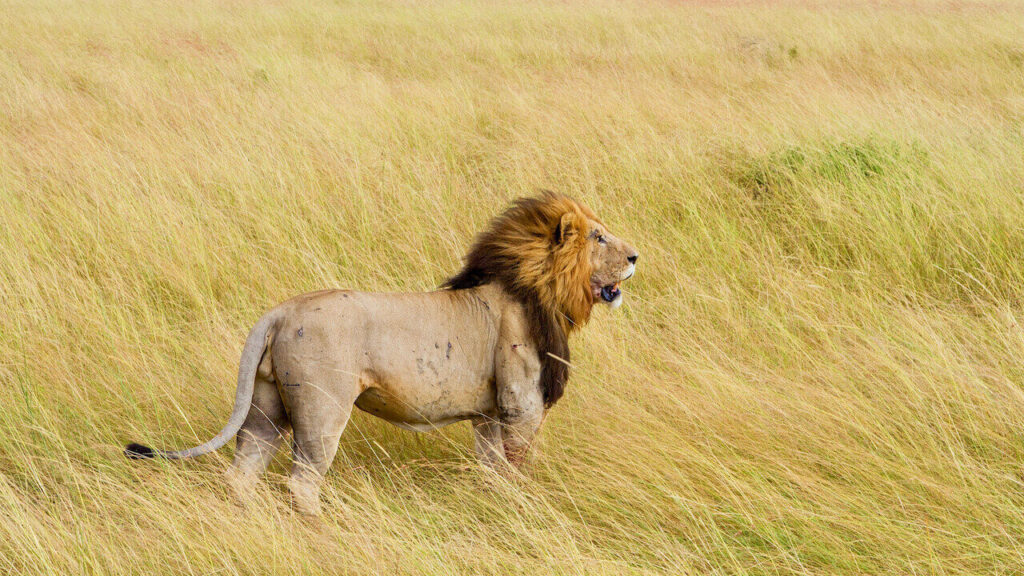
The lion is the only member of the feline family to have an obvious sexual dimorphism. Males are larger and stronger than females. In specific, the most striking feature is the brown or yellow mane, which covers most of the male’s head, neck, shoulders, and chest. In contrast, the lioness has no mane. Additionally, the tail end of the male has a tuft of hair, and this is also the only cat species with tail hair.
The female lion has a length of 140 to 175cm. Weight from 110 to 182kg (in South Africa about 124 to 140 kg, in East Africa about 120 kg). Male lions are 170 to 298cm long. Weight from 150 to 250kg depending on the species. For example, the lion in South Africa is from 187 to 193kg in weight, and in Asia from 160 to 190kg.
Existing Lion Species
Since the early 1990s, African lion populations have suffered a dramatic decline, estimated at 43%. Although there are no exact statistics, one of the main reasons for this situation is due to changes in the environment, as well as conflicts with people. Below is a list of lion species that still exist today:
- The Northeastern Congo lion (Panthera leo azandica) is also known as the Central African lion.
- The South African lion (Panthera leo krugeri) is in the Republic of South Africa, Namibia, Angola,
Northern Botswana, and parts of the Southwestern part of the Democratic Republic of the Congo. - East African lion (Panthera leo nubica) lives in East African countries such as Ethiopia, Kenya, Somalia, South Sudan, Tanzania, and Uganda.
- The West African lion (Panthera leo senegalensis) is also known as the Senegal lion.
- Katanga lion (Panthera leo bleyenberghi) is also known as the South West African lion. A subspecies of lions is found in Namibia, Angola, Zaire, western Zambia, western Zimbabwe, and Northern Botswana in Southwestern Africa.
- Congo lion (Panthera leo hollisteri).
- Barbary lion (Panthera leo leo), a special largest lion subspecies once lived from Morocco to Egypt. Unfortunately, this species is extinct in the wild.
- Massai lion (Panthera leo massaicus).
- The lion from the Cape of Good Hope (Panthera leo melanochaitus) lives in East Africa and South Africa.
- Abyssinian lion (Panthera leo roosevelti).
- Somali lion (Panthera leo somaliensis).
- lKalahari lion (Panthera leo verneyi).
Mandrill
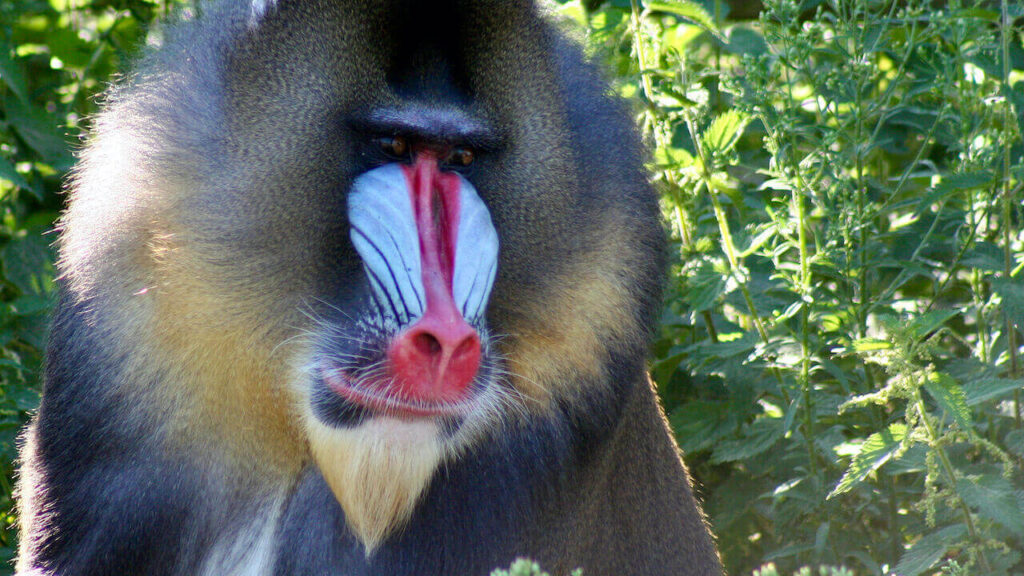
In fact, the mandrill is the largest monkey in the world. They have a body length of 63 to 86m and weigh up to 38kg. The mandrill lives in the rainforests and subtropical forests of West-Central Africa.
Furthermore, the mandrill is definitely one of the most colorful monkeys in the world. They have thick olive green and gray fur. Longnose with red stripes. Moreover, the buttocks have a characteristic blue color. Particularly, male monkeys are larger and more colorful than females.
The mandrill is an extremely social animal and they live in large groups of up to 200 members. In addition to color and size, the long fangs are another distinctive feature of the mandrill. They can be up to 6.5cm long. Mandrill monkeys use their huge fangs to intimidate predators. They are active during the day and use their cheek cavities to store food. The monkeys are omnivores and eat fruits, seeds, insects, eggs, and worms.
Nile Crocodile
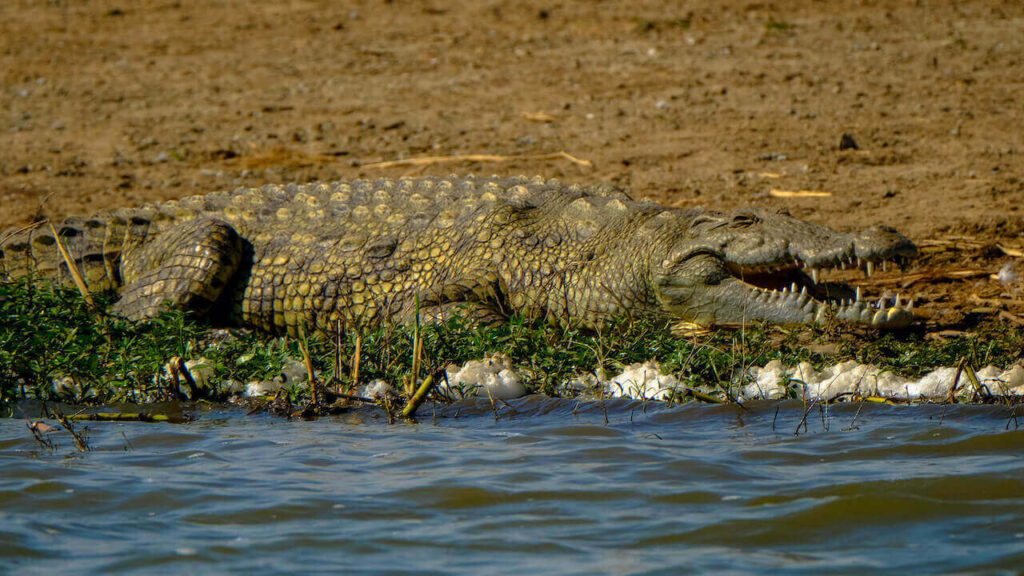
Nile Crocodile is a species of crocodile in Africa with the largest size and is considered an obsessive carnivore for all living things including humans in their habitat. Due to the threat to human life, they were both hated and revered by the people, especially in ancient Egypt when they were mummified and worshiped as gods.
According to statistics, a single Nile crocodile can grow up to 5m (16 feet) long, rarely seeing them up to 5.5m (18 feet). It is known that adult Nile crocodiles can weigh about 225kg (500lb), but there have been cases of individuals weighing up to 700kg (1,500lb). Like other crocodiles in the world, they are dimorphic animals by sex, the male will be about 30% larger than the female, and this difference is smaller than other crocodile species. Currently, although not threatened with extinction, the Nile crocodile population in many countries is still on the endangered list because the number has decreased significantly.
Okapi

Okapi is the only remaining relative of the giraffe in the world. They are found only in the rainforests of the Republic of the Congo. The okapi’s most prominent feature is the zebra-like stripes on its back. Actually, the okapi is one of the most endangered animals in Africa. Habitat loss and hunting are the main threats to this species.
Okapis can grow up to 2.6 meters long and weigh between 180 – 310kg. As a member of the giraffe family, okapi also has a long neck but not as long as the giraffe. Their fur is reddish-brown and has zebra-like stripes on the hind and front legs. This helps them hide in the jungle. Okapi also has a very long tongue, which can reach a length of 46cm.
Okapi usually travels 1-3km per day in search of food. Their long tongue makes it easy for them to separate leaves from branches. Okapi has scent glands on each foot. These glands secrete a tar-like substance. They use this to mark their territory as well as communicate with each other while going far in search of food.
Ostrich
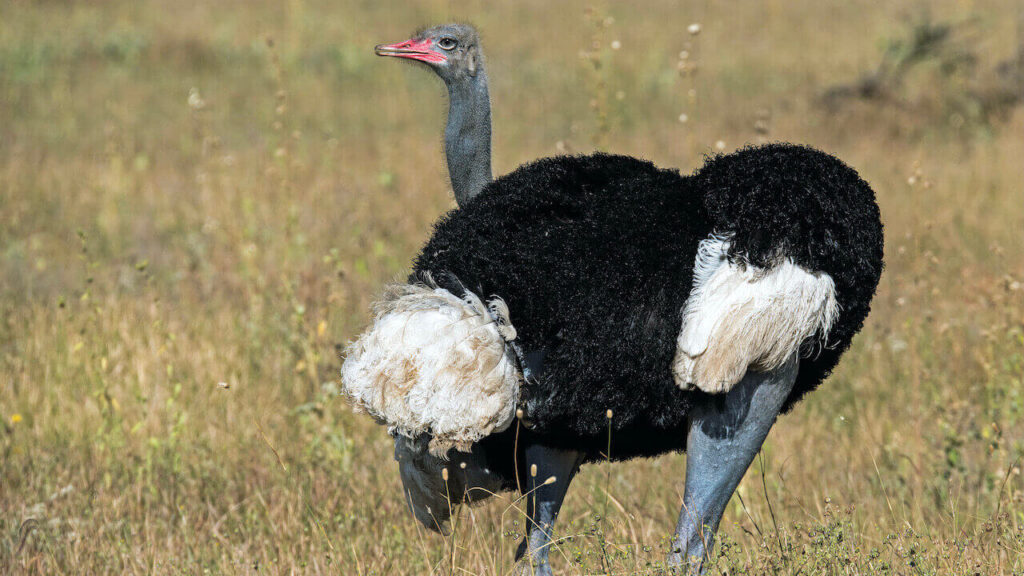
In general, the ostrich is even the largest bird in the world. They range in length from 2 to 2.7 meters and weigh up to 160kg. Ostriches live in the savannas and deserts of Central and South Africa. Ostriches are also known as camel birds because they can withstand high temperatures and can live for a long time without water.
Adult male ostriches’ soft and smooth plumage is black and their tails are white. In contrast, females have gray-brown feathers. Her neck is long and hairless. With long powerful legs, ostriches can reach a top speed of 43 miles per hour. Each leg has very sharp claws. Their legs are strong enough to kill a person with a single kick. Ostriches often use their legs to defend themselves against predators such as lions, leopards, and hyenas.
Ostriches live in small flocks of 10-12 members. Especially, Ostriches lay the largest eggs in the world, up to 15cm in size. Ostriches are omnivores, often eating leaves, roots, seeds, lizards, insects, and snakes. They also often swallow small stones to crush food in the stomach.
Rhinoceros
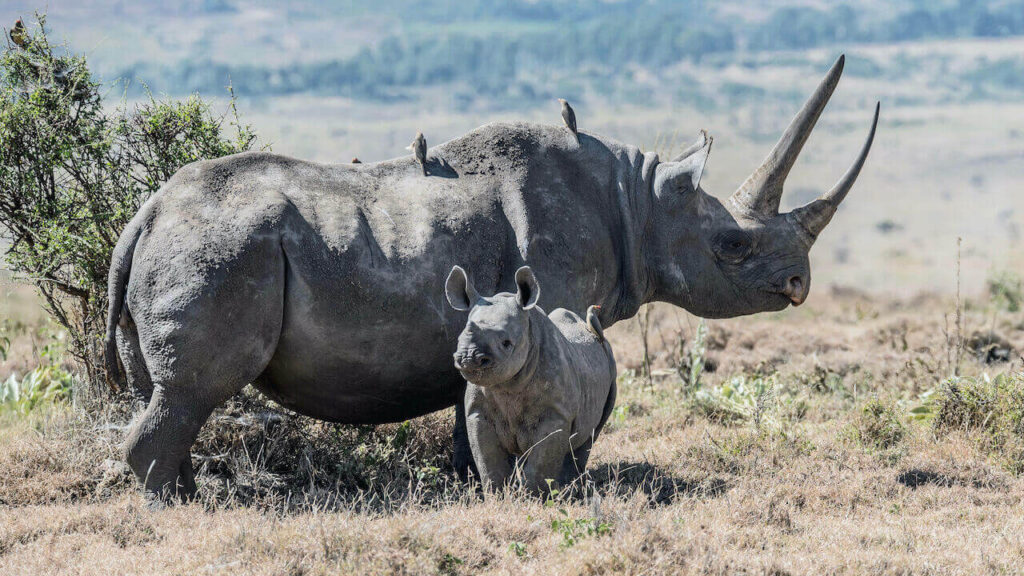
There is a total of 5 pieces of rhinoceros in Africa and Asia. In particular, there are white rhinos and black rhinos in Africa.
White Rhino
Lives mainly in southern Africa. They have “square lips” and a hump at the back of their neck. This is the most popular rhino population, with more than 20,000 currently remaining.
Black Rhino
Lives mainly in East Africa, partly in the central part of this continent. Their lips are quite pointed. Their skin is brown to black. There are about 4,000 left. Black rhinos have few births and are hunted aggressively, so the risk of extinction is great.
An adult black rhino is about 1.5 meters tall, with a body length of about 3.5 meters. Their weight is quite different from 450kg to 1,360kg in adults. The black rhino has 2 horns. The front one is larger at 50-70cm long. The second horn is more petite, especially if there are children with up to 3 horns.
Black rhinos eat only leaves, grass, branches, and shoots. Even thorny shrubs can be eaten. There are many types of parasites that live and hide on the skin of the black rhino. Black rhinos’ longevity in the wild can be up to 40 years.
Shoebill
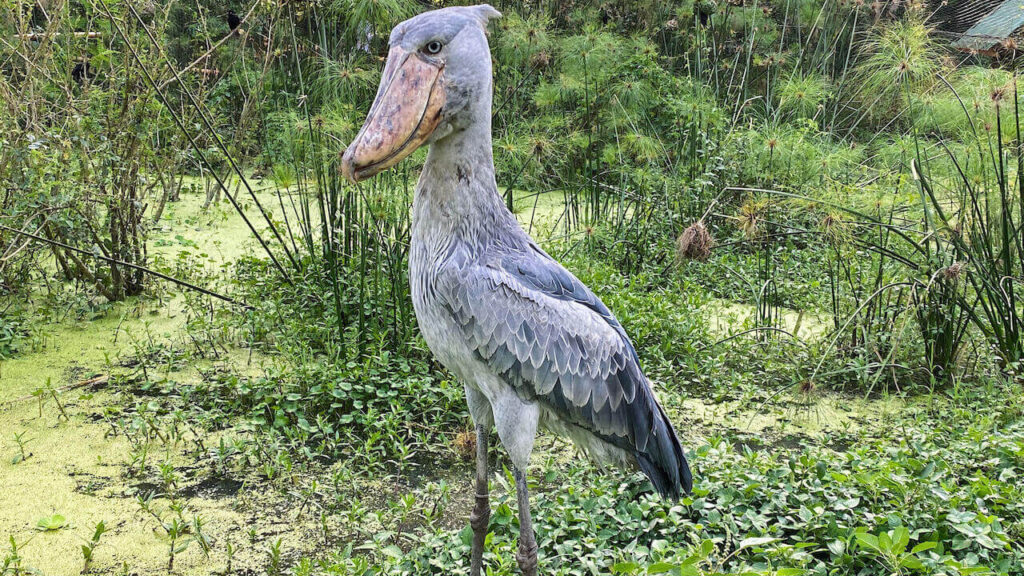
The shoebill is one of the strangest-looking birds in the world. So named because of their shoe-shaped beak that can grow up to 23cm long. This amazing bird can only be found in the swamps of East Africa. Shoebill is one of the species that are likely to be threatened in the near future. Habitat loss and hunting are the main threats to them.
Shoebill storks can be up to 1.2m long and weigh 4-6kg. They have bluish-gray plumage and broad wings. The large beak is brown and curved at the tip.
Shoebill storks are ambush predators, which means they sit motionless until prey approaches. Then, they suddenly attack with a strong beak. Their diet mainly consists of lizards, turtles, water snakes, and rats. The shoebill possesses a maximum flapping speed of 150 beats per minute, which is almost the slowest among birds.
So bad, it is one of the loneliest birds in the world. They come together only to reproduce.
Wildebeest
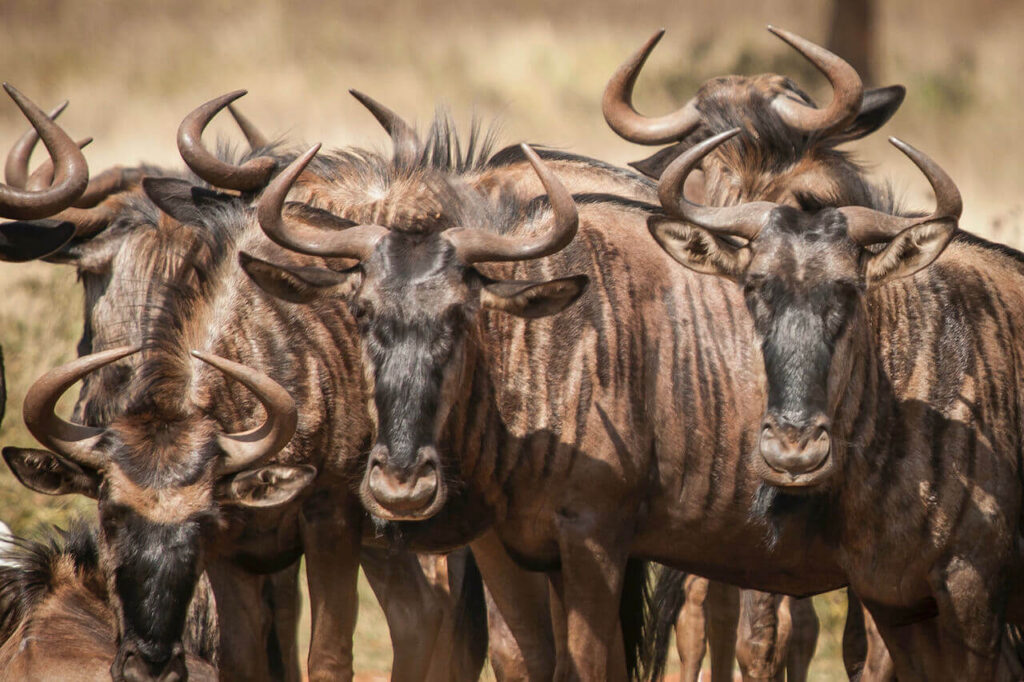
Although wildebeest is looking like cows, it belongs to the antelope family. There are two main species: the black wildebeest and the blue wildebeest. Both species are found only in Africa in forests and plains.
Wildebeest can reach a length of 2.43m and weigh up to 275kg. Both males and females have horns. They live in large herds. Between May and June, when food becomes scarce, wildebeests migrate north. The migratory group may include 1.2-1.5 million wildebeest. Thousands of zebras and antelopes also accompany them. Indeed, this is the largest terrestrial mammal migration on Earth. A wildebeest can travel more than 48 kilometers in a single day. While migrating, they can travel from 965 to 1600 km.
Wildebeest are herbivores that mainly eat short grass. Lions, clouded leopards, hyenas, and wild dogs are the main predators of wildebeest.
Zebra
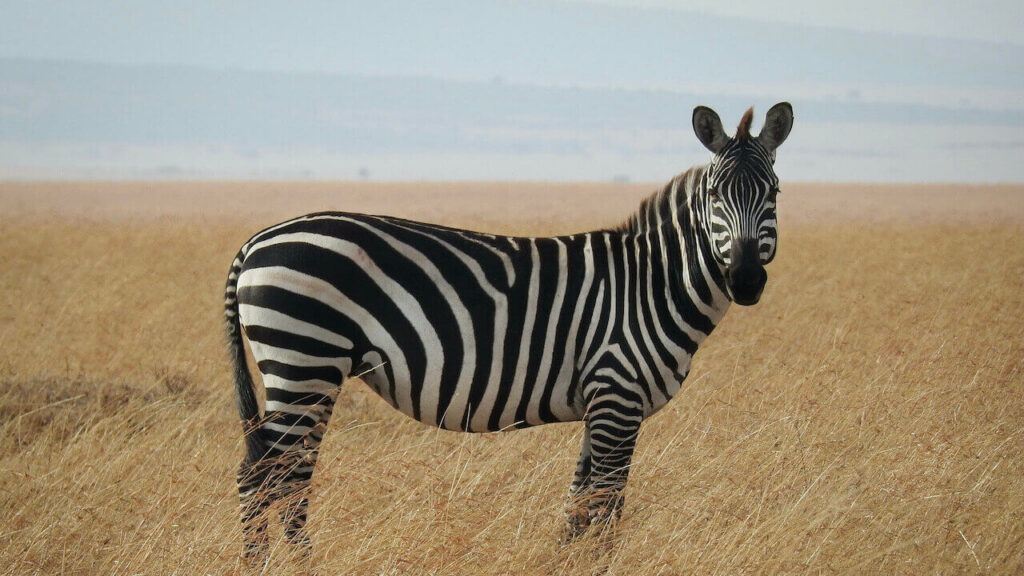
Zebras are several species of the African Horse family identified by their distinctive black and white stripes. Especially, their stripes have different symbols, which are unique to each individual. These animals usually live in groups. Unlike closely related species such as horses and donkeys, zebras have never been truly domesticated.
The plains zebra (Equus quagga) is the most common species, with about six subspecies distributed throughout eastern and southern Africa. Mountain zebras (Equus zebra) of southwestern Africa are typically glossy with white belly stripes and are smaller than plains zebras. Besides, Grevy’s zebra is the largest with a long, narrow head. It lives mainly in the semi-arid grasslands of Ethiopia and northern Kenya. Grevy’s zebra is the rarest species and is classified as endangered.
Common plains zebras have a shoulder-length of about 1.2–1.3m (47–51 inches) with body lengths ranging from 2–2.6m (6.6–8.5ft). ) with a tail size of 0.5m (20 inches). It can weigh up to 350kg (770lb), males are usually larger than females. Grevy’s zebra is much larger, while mountain zebra are smaller.
‘PIN IT’ NOW TO SAVE YOUR AFRICAN ANIMALS LIST IN ALPHABET!

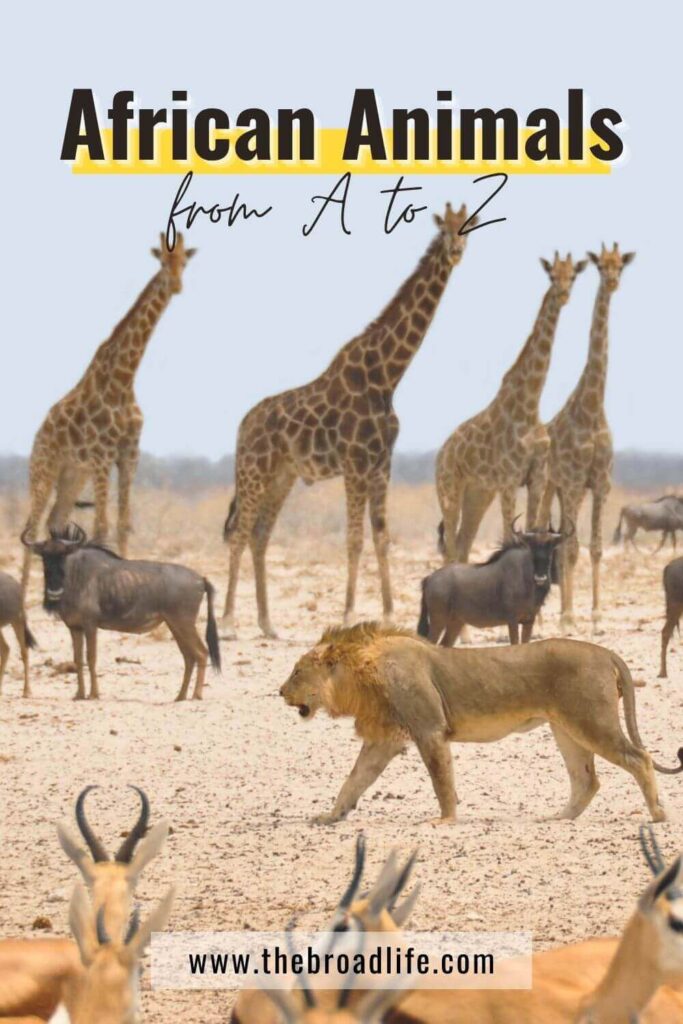
24 Comments
-
-
TweenselMom (@TweenselMom)
A lot of these animals I’ve never seen before. One of my cousins went to Africa and I was jealous of their pics. Wish I could visit soon.
-
Christianforemost.com
Fascinating! I have to admit that even as old as i am already, a couple of animals on the list are completely new to me!
-
Monidipa Dutta
I love reading about animals but until now I didn’t know about Mandrill.
-
Ntensibe Edgar
Wow…I haven’t seen an Okapi before! I should see one before they are all gone!
-
Fransic verso
Some of these animals this is first time to know about them. It’s interesting new animals to me haha.
-
Rose A (@mail4rosey)
I saw a buffalo like that at the Lion Country Safari. It looked menacing to me but beautiful
-
Jona Shares
It’s been a while since I visited a zoo. I have been really aiming to explore a safari, just like this. I hope I can finally visit soon as things are now getting back to normal. – Anosa
-
Ebony
Whoa! I had no idea so many animals were in Africa! I would love to see the Shoebill! I’ve never seen this animal or heard of them before!
-
momsshoutout
I didn’t know that there’s a family of Giraffe called Okapi. Thanks for sharing this educational post
-
-
Sophia
These are interesting animals. I had to research 4 different animals from Africa for a school project. My favorite one (1) on the list is probably the Okapi. I wish I could go to Africa to see what all the animals look like. The weird thing is in Chorus (choir) I have to sing 2 different songs about Africa.


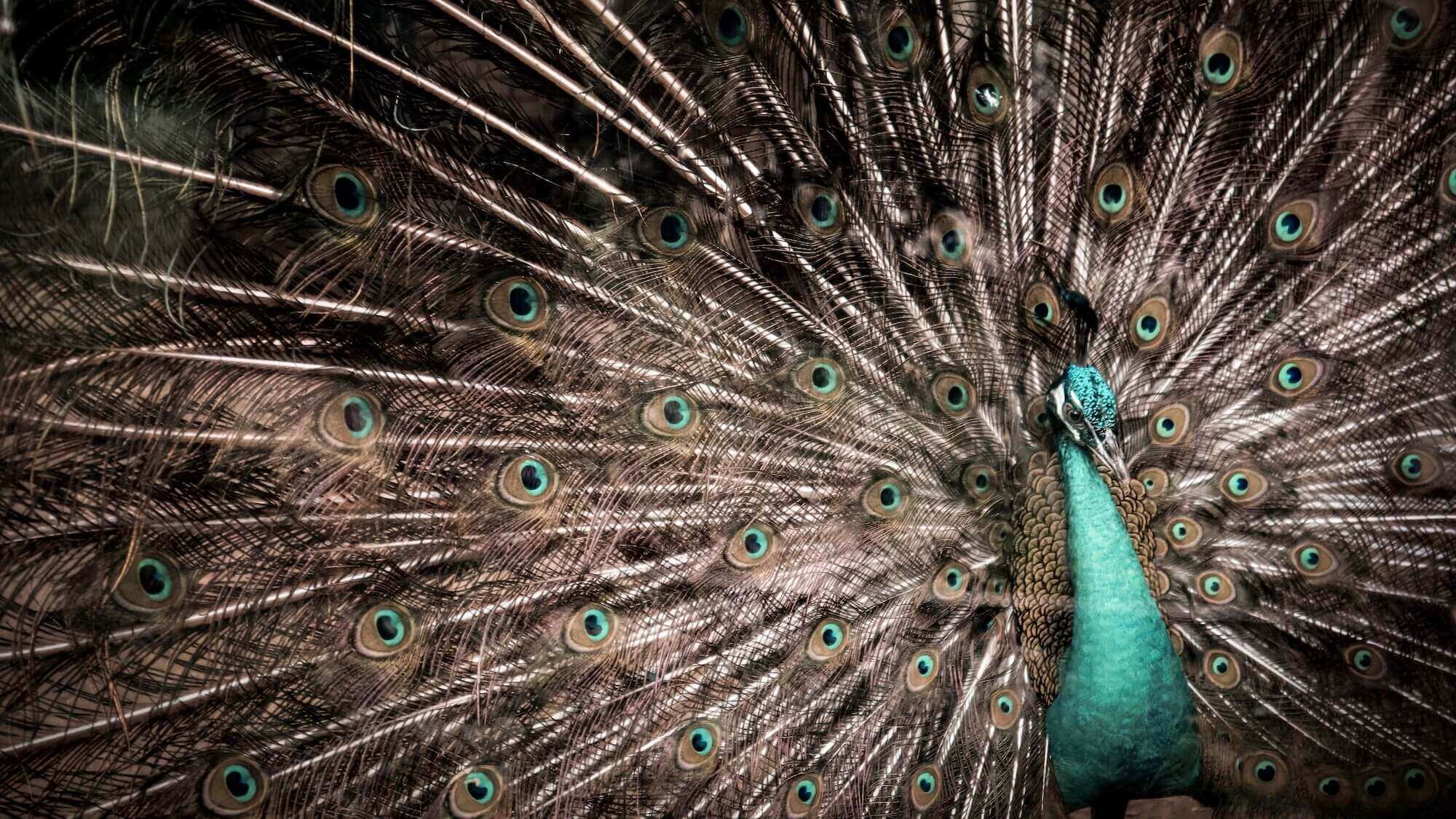
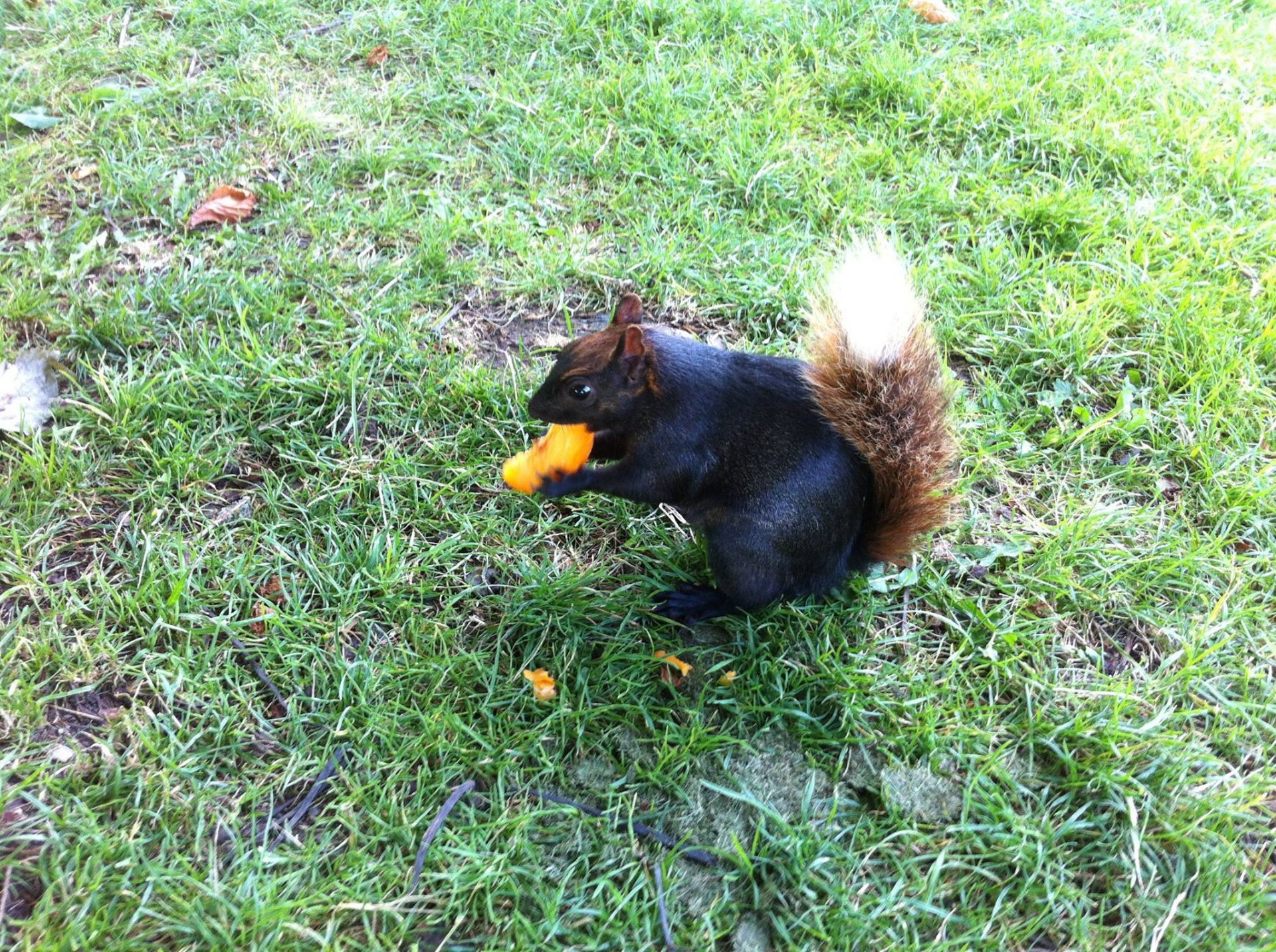
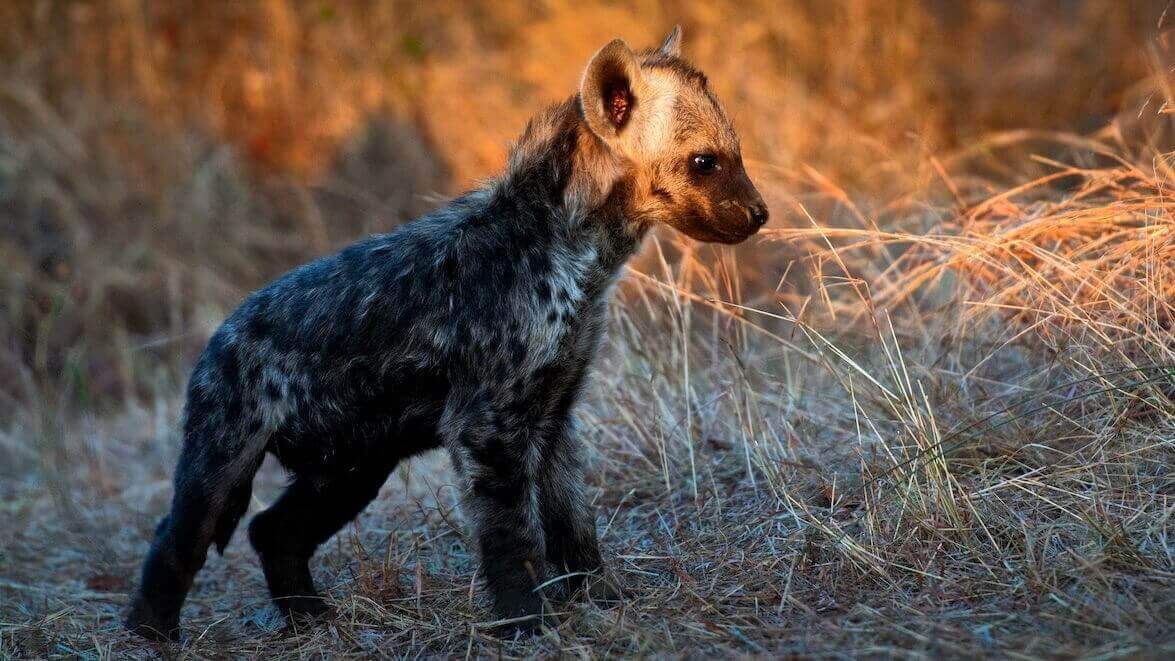
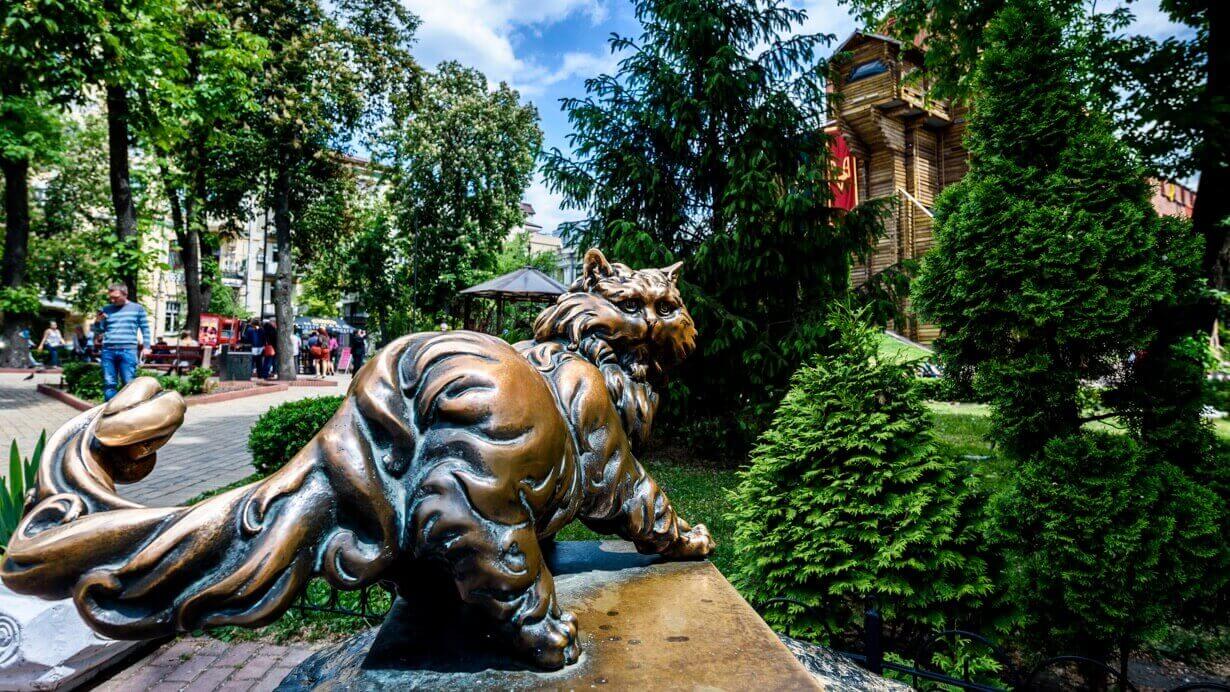

kidneyfornikki
Good list. I was surprised you left out the hippo! LOL We saw a lot of these animals on safari and we even managed to rile up one of those cape buffaloes. It was old and a bit arthritic and the jeep came to close to him I guess. The buffalo got mad and gave chase after the jeep. The guide wasn’t going very fast so my then-boyfriend and I thought the animal was going to catch us. We were a little scared LOL. But the bad leg of the buffalo saved us.